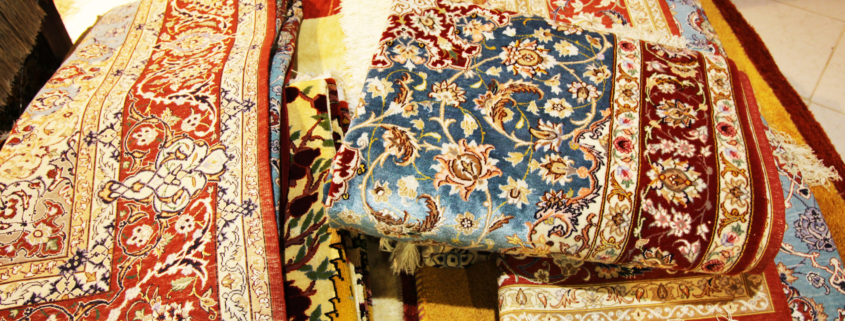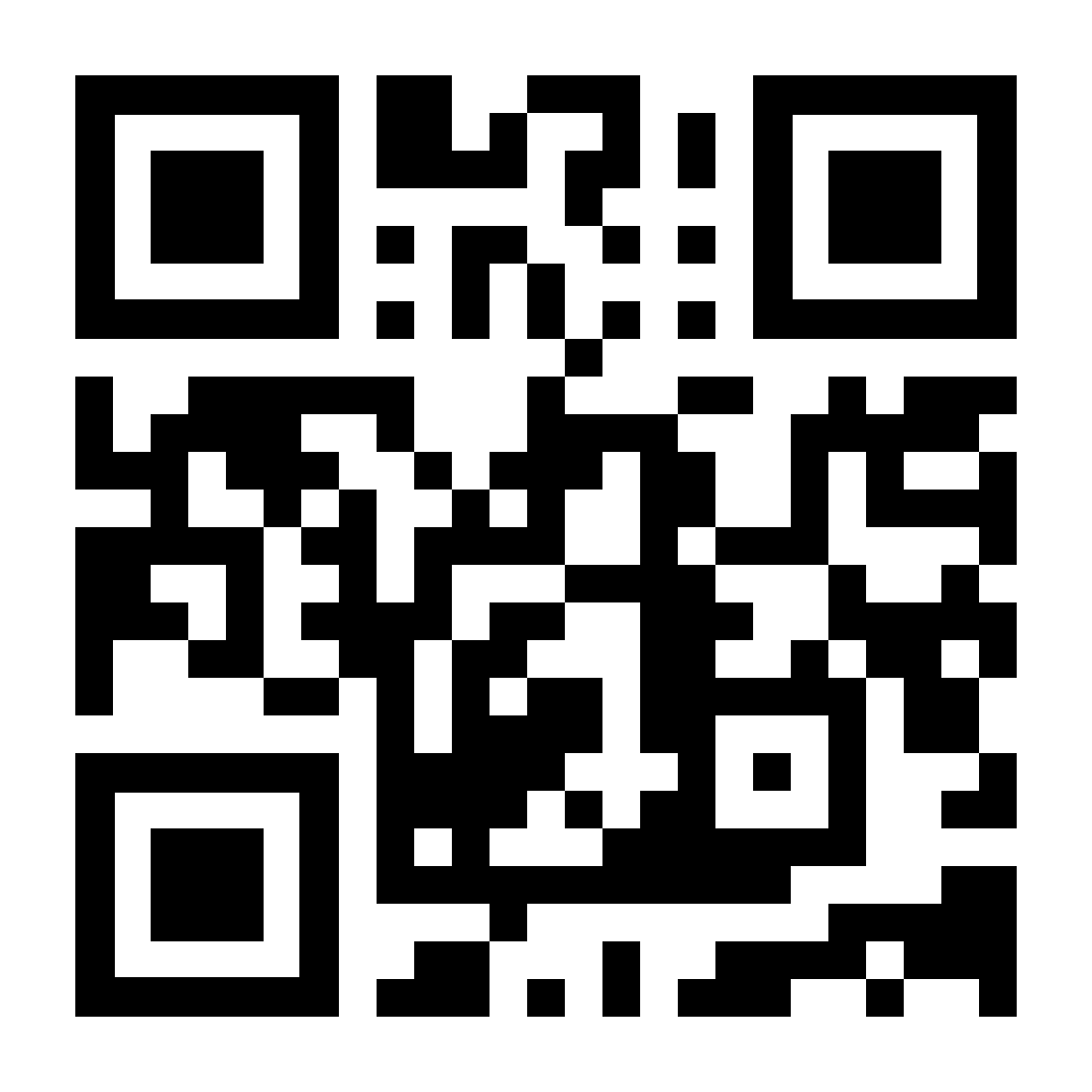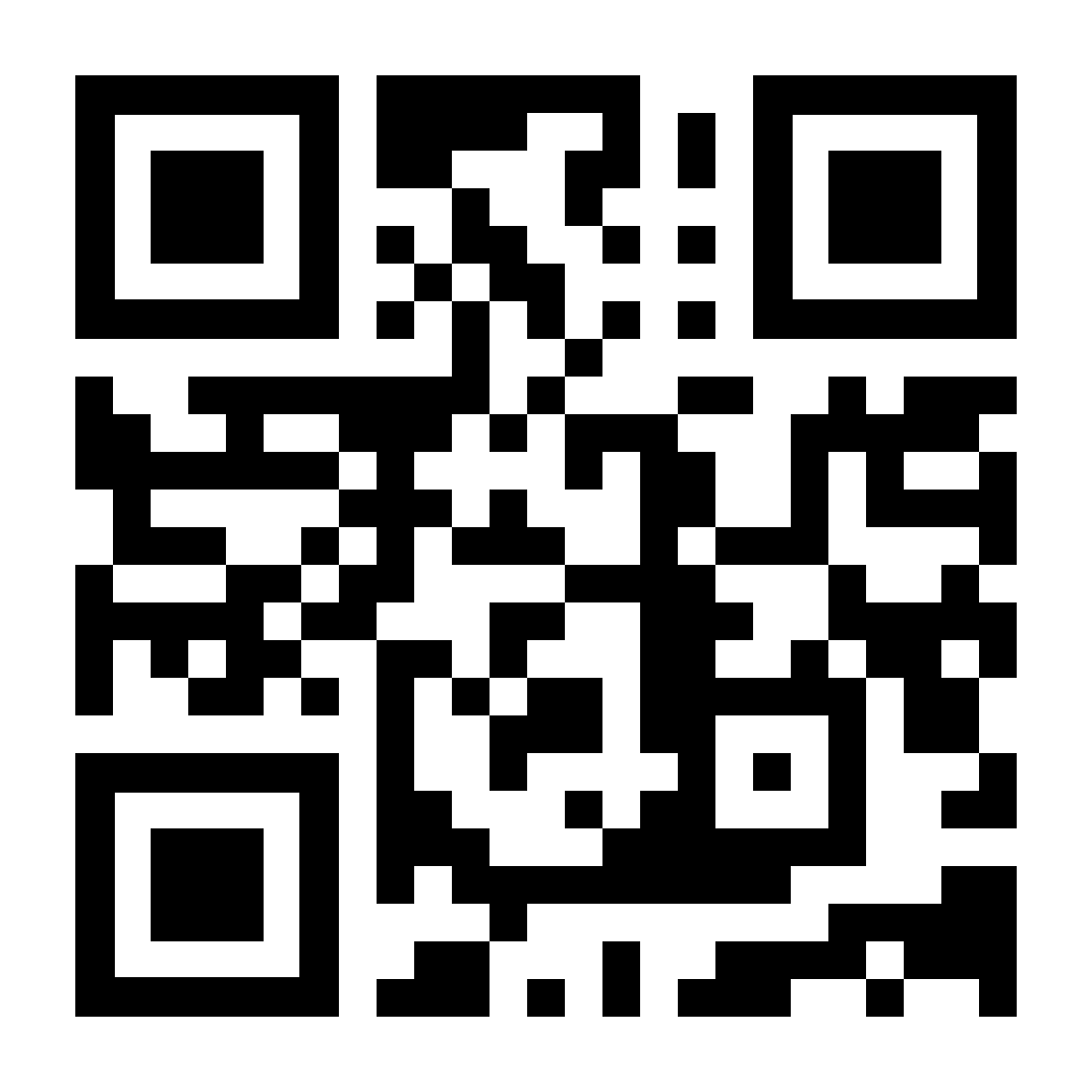History of traditional Iranian rugs
Each country is known by one or more special symbols. These symbols may be a great personality, an export product, ancient works, etc. Iranian rug as a top symbol in the whole world has been able to make a good foothold for itself. Whoever wants to give an example of the best type of rug, the name of Iranian hand-woven rug is the first thing that comes to mind. Of course, this recognition is not related to recent years, and the traditional Iranian rug has been a special and common name since the past until now. Although currently, various designs are considered for hand-woven rugs; But the traditional Iranian rug shows the originality that made this export product shine in the world markets. Traditional Iranian rug designs were limited and knowing them is important for buying rugs. For this purpose, you must have complete information in this field. Iran Rag is with you to provide comprehensive and complete information in this field.
The originality and age of Iranian hand-woven rug has made it more valuable. A rug is a kind of underlay that is made of different fibers such as wool, cotton, silk, fluff, etc. Of course, sometimes it also has decorative uses. Iranian rug or rug is called knotted weaves. The history of this rug first started from countries like Iran, Caucasus and Turkmenistan. The hand-woven rug dates back to BC. Of course, according to the conducted research, Iranians were the first people to weave rugs.
The history of Iranian tufted rugs or traditional rugs goes back to the 5th and 6th millennium BC. In the past, Iranian rugs were called pazyrik and have an Achaemenid texture. The crusades caused Iranian rugs to be taken to Europe and from the very beginning they were able to attract the attention of Europeans to this beautiful art. In the second millennium BC, man was able to discover how to spin threads and make rope, and this was the beginning of creativity that led to rug weaving. Different rugs from different periods have been found, and this makes it impossible to easily determine the time of its appearance. You just need to know that this authentic Iranian art and hand-woven Iranian rugs are thousands of years old.
Types of traditional Iranian and classic rugs
Iranian hand-woven rugs are very diverse. Basically, what is known by different names on rugs today, has usually been with them since the past. According to the surrounding nature, living environment, etc., each region used special patterns in their rugs. On the other hand, the type of knot is also different in the rugs of some regions. All in all, there are different types of traditional Iranian rugs, the most common of which are as follows:
Classic rug and traditional Iranian rug
Turkmen rug
It is one of the high-value hand-woven rugs, of which there were fine-woven and silk models in the past, which eventually made their way to Venice. Mod Khorasan rug: this traditional Iranian rug is woven like Mashhad rugs; But its production is less. Its size is 8 square meters and it has harmonious and mostly dark colors.
Mashhad rug
Rug weaving in Mashhad is more than 5 centuries old and is one of the oldest hand-woven Iranian rugs. Their roles are bergamot, ivy and slimy motifs. This type of traditional Iranian rug is usually exported to western countries.
Zanjan rug
This traditional and classic Iranian rug also plays a significant role in the export sector. Originally, rug weaving dates back to the time of Ardeshir Babkan in this city. The design and beautiful colors of the Zanjan rug have made it very attractive for Europeans.
Shiraz rug
This rug has dark colors and is also called Afshari rug. The weft structure of this rug is made of linen and various decorative plants are used in it repeatedly or individually.
Birjand rug
Birjand rug can be mentioned among other types of traditional Iranian handwoven rugs. The special feature of this rug is red, yellow, orange and bright colors. In addition, these rugs are woven in a large size and sometimes up to 20 square meters. The weft of this rug is more than wool.
Baloch rug
In Sistan and Baluchistan, traditional rugs have been popular. These rugs have the same role as the Turkmen rug. More natural colors are used to dye the thread of these rugs.







